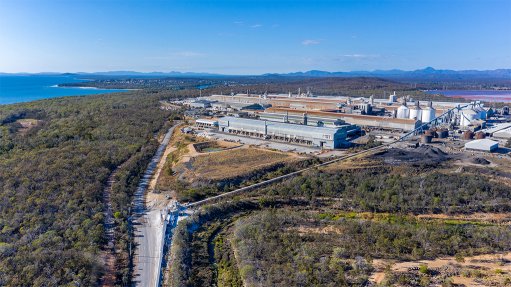
Commodities giant Rio Tinto will increase its interest in Boyne Smelters (BSL), which owns and operates the Boyne Island aluminium smelter in Gladstone, Australia, to 73.5%.
The company has agreed to acquire Mitsubishi’s 11.65% interest in BSL. This follows the recent agreement to acquire Sumitomo Chemical Company’s 2.46% interest in BSL.
The acquisition, which is for an undisclosed price, is subject to various conditions precedent, including approval from Australia’s Foreign Investment Review Board, and is expected to be finalised in the second half of 2024.
After completion of the two transactions, the BSL joint venture partners will be Rio Tinto (73.5%), YKK Aluminium (9.50%), UACJ Australia (9.29%) and Southern Cross Aluminium (7.71%).
Before the latest transaction, Rio Tinto held 59.4% ownership in Australia’s second-biggest aluminium smelter.
BSL has expanded significantly since the smelter opened in 1982. A series of multimillion-dollar investments increased its capacity from 210 000 t/y of aluminium to today’s capacity of more than 500 000 t/y of aluminium.
“Rio Tinto looks forward to continuing to work with its remaining BSL joint venture partners and other stakeholders on securing a competitive low-carbon future for its Gladstone operations,” the company said in a statement on Tuesday.
Last year, Rio Tinto signed a power purchase agreement with European Energy Australia to drive development of Australia’s largest solar power project near Gladstone. Under the agreement, the group will buy all electricity from the 1.1 GW Upper Calliope Solar Farm for 25 years, to provide renewable power to the Gladstone operations.
If combined with more renewable power and suitable firming, transmission and industrial policy, it could power Rio Tinto's three Gladstone production assets - the Boyne aluminium smelter, the Yarwun alumina and the Queensland alumina refinery.
Once approved and developed, Upper Calliope has the potential to lower the group's operating carbon emissions by 1.8-million tonnes per year.